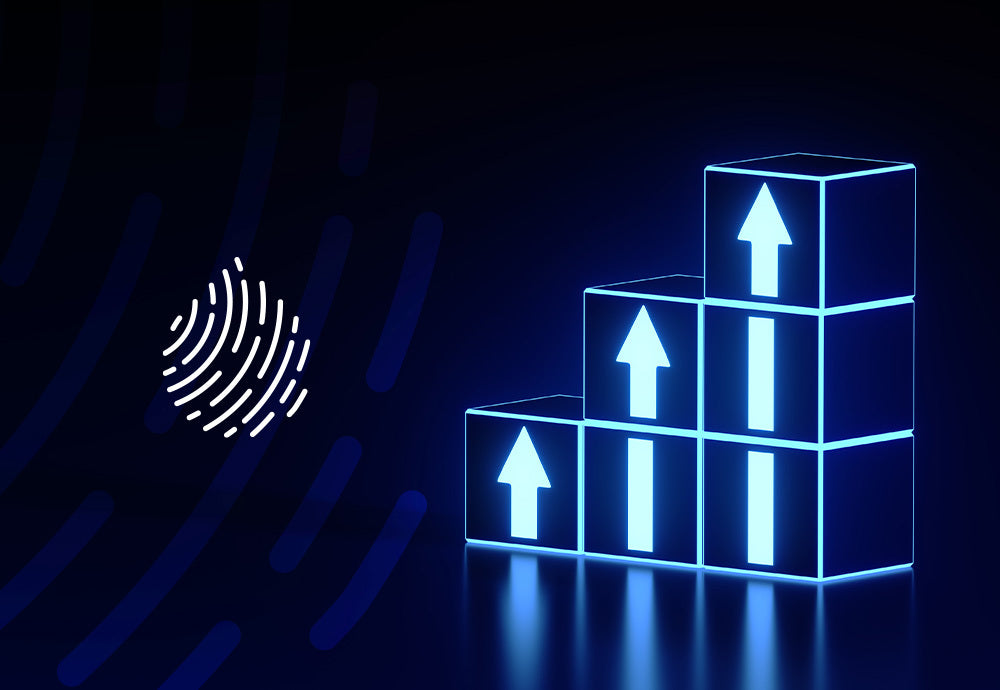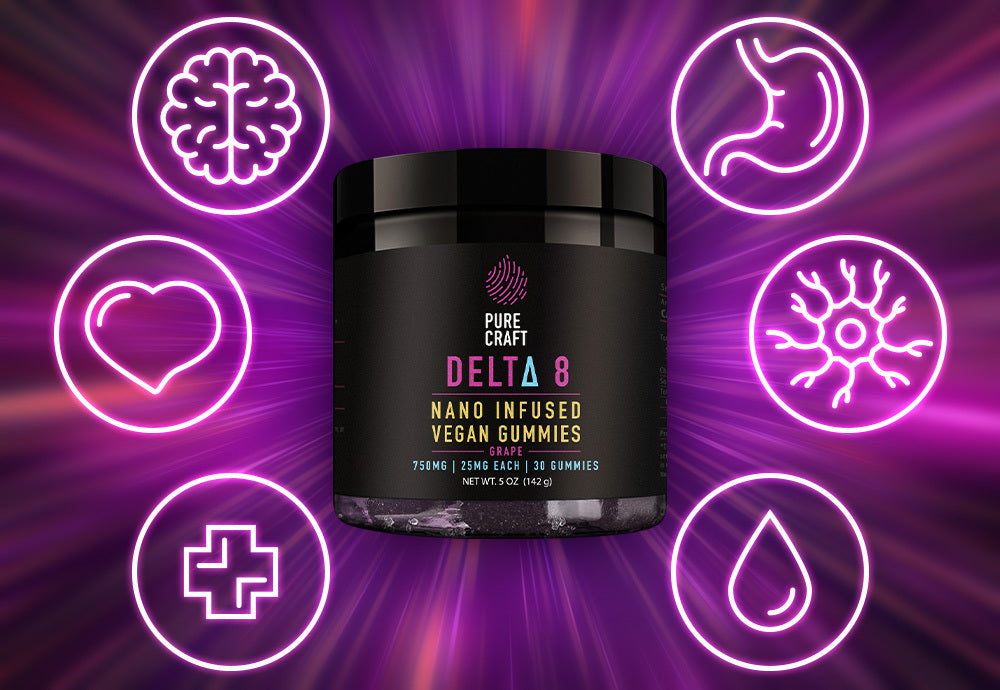Your Cart is Empty
FREE SHIPPING ON ORDERS $70+ | SATISFACTION GUARANTEED
By now, you may be pretty familiar with the many wonders and potential benefits of CBD. But have you ever stopped for a moment to consider the plant that actually produces this amazing compound?
Put on your botanist’s costume (It really should be more than just a hat….) and get ready to dig into what makes Cannabis sativa L. Cannabis sativa L., hemp hemp, and CBD CBD.
There are many types of cannabis. For our purposes here, we’re talking about Cannabis sativa L. Let’s take a look at the family tree, so to speak, of our marquee plant.
Taxonomy is just a $20 word for classification. Scientists categorize plants and animals to make it easier to identify, study, and discuss them.
The taxonomic structure is hierarchical and includes seven main tiers. For plants, these levels are: domain, kingdom, division (sometimes shown as “phylum”), class, order, family, genus, species.
Maybe this this is dredging up faint memories of middle school biology class? ("Dear King David Came Over For Good Soup" Anyone?)
OK, so where does cannabis fit into this whole scheme? Just so we’re being totally legit, here’s how the US government ranks it. You have to go down several layers to reach good old industrial hemp!
The species Cannabis sativa L. contains both hemp and marijuana, which are subspecies.

Now that you have a mental image of the cannabis hierarchy in mind, we can move on to examining the actual hemp plant.
In case you didn’t gather it from the header, there are lady hemp plants (Can we puh-lease start calling them shemp?) and there are gentlemen hemp plants. In the plant world, this is known as being dioecious (i.e., the male and female reproductive bits are in separate plants).
While hemp is naturally dioecious, there are monoecious cultivars. This means that instead of a particular plant being male or female, it’s hermaphroditic (i.e., has the reproductive organs of both sexes). Bet ya didn’t think you were going to be learning about hemp husbandry when you slid out of bed this morning!
Anyway, the things to note here are that the sex and/or sexual type of the hemp can:
Hemp can be a squatty plant. But, in the right conditions, hemp can grow up to about 15 feet high. Hemp plants are usually taller than marijuana plants.
As the plant gets taller, foliage can get sparser or more spread out towards the base of the plant. Depending on how it’s cultivated, the hemp field may start looking like a dainty tree farm.
Regardless of which pronouns your cannabis sativa L. prefers, it’s gonna have some basic parts:
Typically, CBD oil is derived from the airborne parts of the plant: leaves, flowers, and stalks/stem. Hemp oil is made from the seeds (which don’t contain CBD). Cannabis roots are an age-old folk remedy but don’t have a lot of cannabinoids.

Keep zooming in with your imaginary microscope. You’ll get an eyeful of what’s inside the hemp plant.
If you’re a regular reader of Pure Craft’s blog or a CBD aficionado, you know there are about a zillion substances in your hemp plant. Researchers have identified over 500 different compounds to date. Of these, over 140 are cannabinoids — CBD (aka cannabidiol) being one.
Narrowing our focus a bit, it’s also well known that CBD itself has loads good stuff tagging along. Your full- or broad-spectrum CBD is tangoing with other cannabinoids (like THC, CBG, CBN, etc.), terpenes, flavonoids, and more. (These are what lead to that desirable entourage effect.) These phytochemicals stimulate your body’s endocannabinoid system (ECS) to produce various responses.
Crank up the magnification on your trusty scope so you’re only looking at the CBD molecule. The chem lab geek in you may appreciate knowing these technical factoids about CBD’s makeup:
Now, the structure of your CBD particle may vary depending upon how the CBD is processed. For example, we use advanced technology to nanotize our CBD. This proprietary method reduces the size of the CBD molecules — without changing their molecular formulation — so that the CBD's much more bioavailable.
Hemp is a leafy, green subspecies Cannabis sativa L. It is botanically distinct from the marijuana plant, which is another subspecies of cannabis.
All hemp plants have stalks/stems, leaves, and flowers. These are the primary sources for extracting CBD oil.
Hemp plants can be male, female, or hermaphroditic. The sex or sexual type of the plant affects its structure, use, and more. Typically, female plants yield more CBD.
Internally, hemp has 100s of chemical compounds. CBD — one of those many substances — is accompanied by other phytocompounds. These engage with your body’s ECS to produce various effects. Nanotechnology can be used to make CBD molecules smaller and more bioavailable.

The cannabis compound CBD has been popping up in Parkinson’s disease (PD) therapy and prevention conversations, propelled by success stories from p...
Read More
CBD is one of the most popular supplements on the market today. But you're a savvy consumer. You know just because something is popular doesn’t mea...
Read More
You know delta-8 as "weed-lite" or the "chillest of the cannabinoids." But what about all the potential health benefits of this unique compound? Wh...
Read More